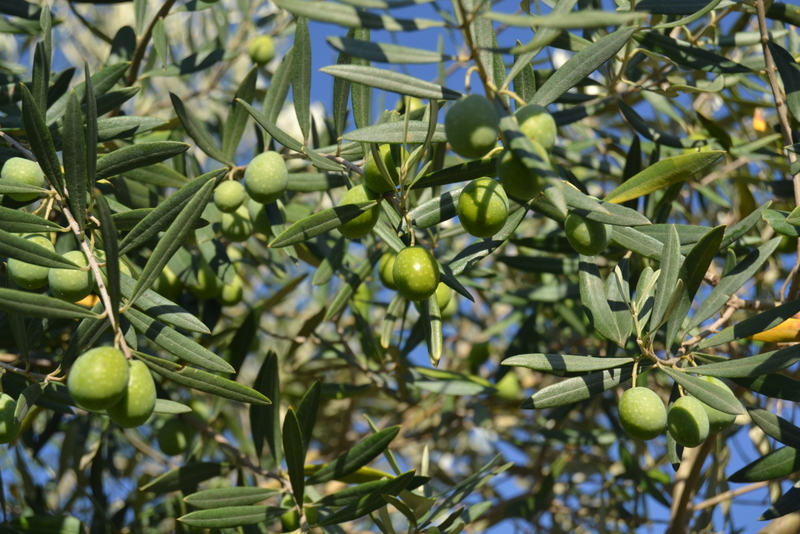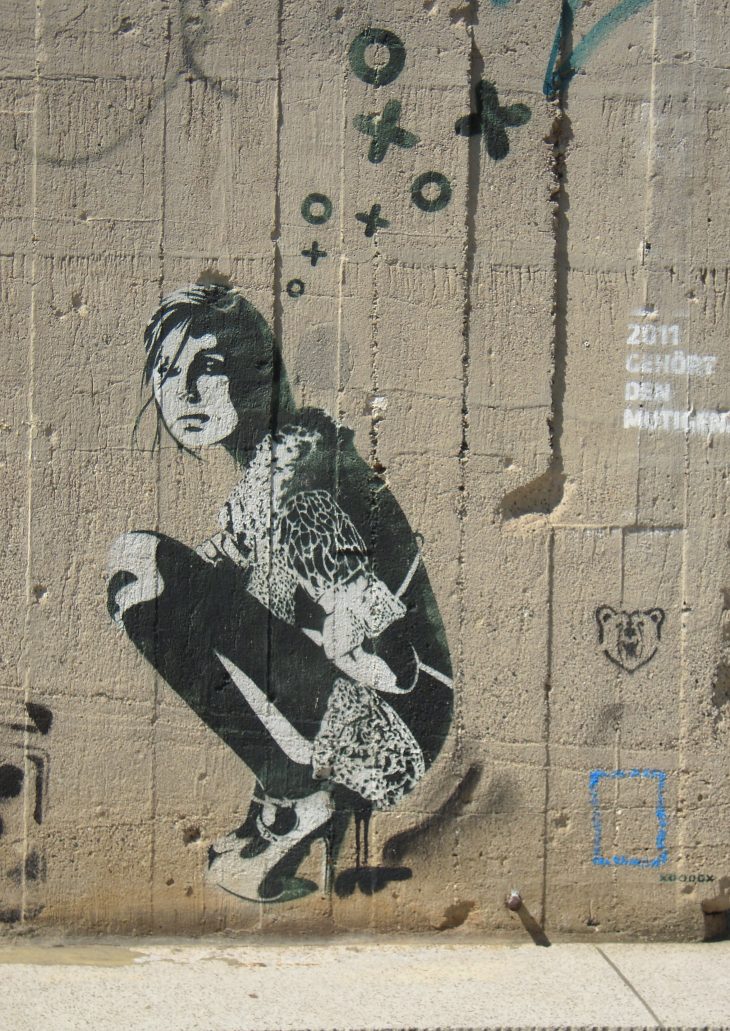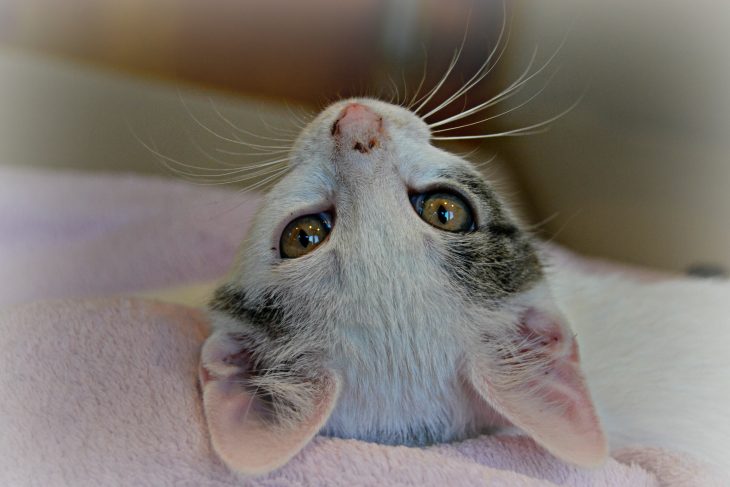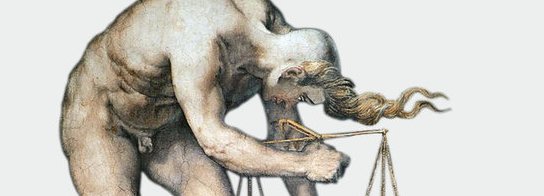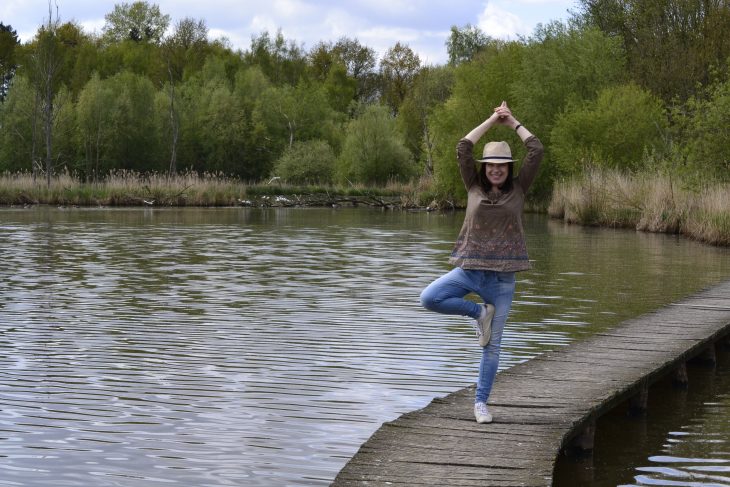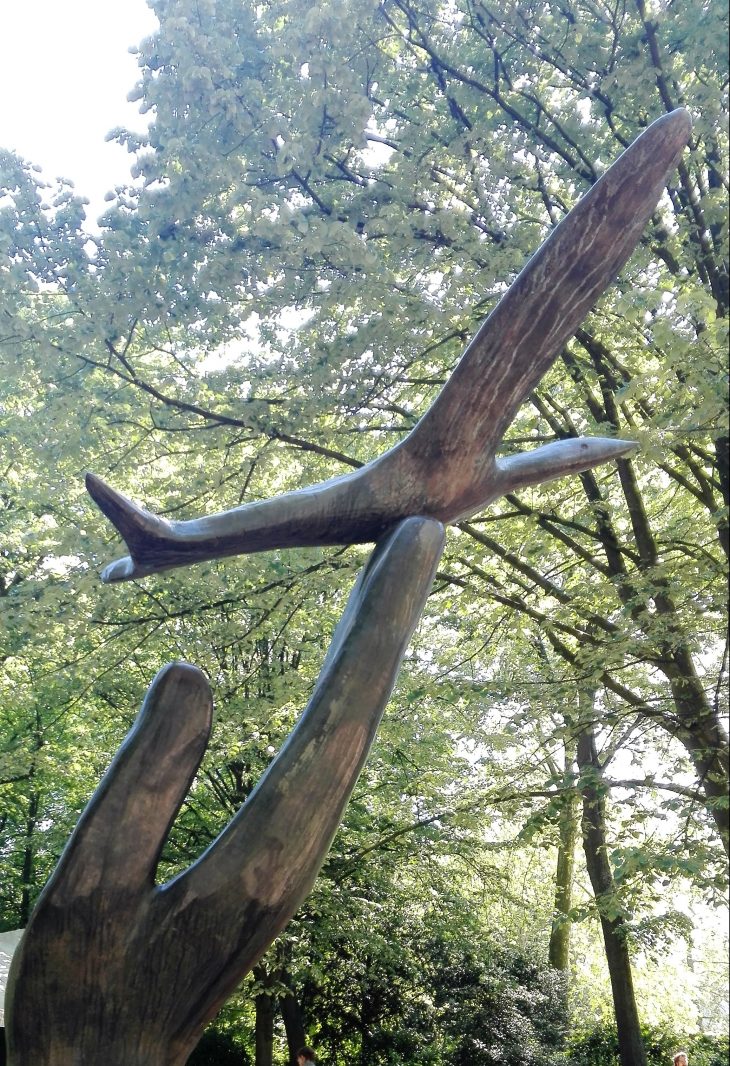Part I. The Berlin Bunker
We pass the building couple of times on our regular way to the hotel at the Linienstrasse, Mitte-Berlin. Suddenly we notice it: a crude concrete block structure with very tiny windows, graffitti and no sign indicating the content or the history of the place. This is how I imagine Chinese or North-Korean torture prisons. Could be an anti-nuclear bunker, I speculate and we take a round only to appear in front of a green-grey metal door again. Somebody comes out and before I have time to realize, Abram pulls a heavy handle and we find ourselves inside, among sleek, neat concrete walls leading to a rather spacious entrance hall. A tall black-haired girl appears and asks a not so unusual question to Berlin visitors:
„Do you have a reservation?“
Of course not, until a couple of minutes ago we thought this might be a closed-down issue waiting for development, as so many structures in this city are. Well, the reservations are to be done two month ahead if one wants to see the former anti air raid bunker built in 1942. Since the war it served to many purposes – from storage of citrus fruit imported from Cuba to the former DDR capital, through wild techno parties in the 90s to the contemporary art exhibitions nowadays.
With an elegant silver-grey visitors´card in hand we are out again onto the pavement harassed by the summer sun and we continue our road.
Berlin is very walk-able, especially in good company.
Bunker Berlin and I do not know why I so childishly love the alliteration figure:
https://www.sammlung-boros.de
Part II. How Long is Now?
Is written on the side wall of one of many dilapidated Berlin buildings waiting for a reconstruction. The pavements in the Mitte are very broad, leaving space both for restaurant and café tables and pedestrians walking. Many bars are exotic, as fashion goes, a favourite drink here is the orangey stuff served in bulky glasses called an aperol spritz, fashionable as everywhere, it seems.
Clouds build a strong league in the sky above Berlin and a thunder announces a storm. Wearing no hats and having no umbrella with us, we search for a refuge on the way to the friends´. Outside a big grayish house that looks like a squatter place are a few wooden chairs and tables; empty, as the hour is early in the evening. A few stairs lead to a basement bar; its smell reminds me of Bratislava cellar pubs in the 90s, the smell mixed of humid brick, faint aroma of beer and cigarettes. Candles are burning on all surfaces; the music backdrop is less known 50s pop. A guy with a mane of black-silver hair serves us beers, he carefully washes a glass for me, even though the practice is to grab the bottle by the neck. It is our first night in Berlin. And since tonight we would come every night while in town. The music would vary; a stretch of The Doors songs played on somehow mono-retro-sounding system pulls me into a different era of my life. I can talk, write, and be silent. All depends, and it feels like freedom. The storm of the first night is quickly over, leaving the bitumen glistening in the dusk, the leaves of the town´s abundant greenery fresh and new. Discovering repeatedly… How long is now?
To the X-Terrain Bar:
https://www.yelp.com/biz/x-terrain-berlin
